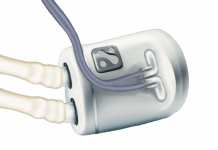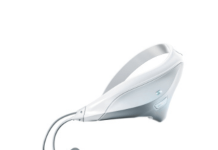The US Food and Drug Administration (FDA) has granted 510(k) clearance to US-based Watkins-Conti Products’ Yōni.Fit bladder support device as a temporary management of urine leakage caused by stress urinary incontinence (SUI) in adult women.
SUI is the involuntary, sudden loss of urine secondary to increased intraabdominal pressure. It can impact a person’s quality of life as many normal physical activities such as laughing, sneezing, coughing, and exercising can precipitate SUI.
The condition can affect approximately 15.7% of adult women, with its incidence increasing with age.
Yōni.Fit is a silicone-made soft vaginal insert that reduces urine leakage without interfering with voluntary urination. It can be used for up to 12 hours for general symptom control or a specific activity.
“My patients with stress urinary incontinence want a solution that is effective and convenient – one that accommodates the reality of their busy lives and does not interfere with voluntary urination,” said Karolynn T Echols, director and associate professor of female pelvic medicine and reconstructive surgery at Thomas Jefferson University (US) and an investigator in the Yōni.Fit clinical study.
“The cost and downtime associated with surgery can be prohibitive for some women.”
The device approval was based on a clinical trial that enrolled 58 participants. The participants experienced a clinically meaningful reduction in 12-hour pad weights with the Yōni.Fit device compared to the control device.
Many companies are developing devices to manage SUI. UroMems is trialling an implantable device, the MyoElectroMechanical system, for managing SUI in both men and women. The device is placed around the urethral duct and automatically changes the sphincter opening by pressure adjustments based on the patient’s activity.
In February, Pelvital published the results from a study of its Flyte device to treat women with SUI and weakened pelvic floor muscles. The trial enrolled 119 participants, and 71% of these achieved dry or near dry over two to 12 weeks. After two years, 34 patients said the device continued improvement in their quality of life.






